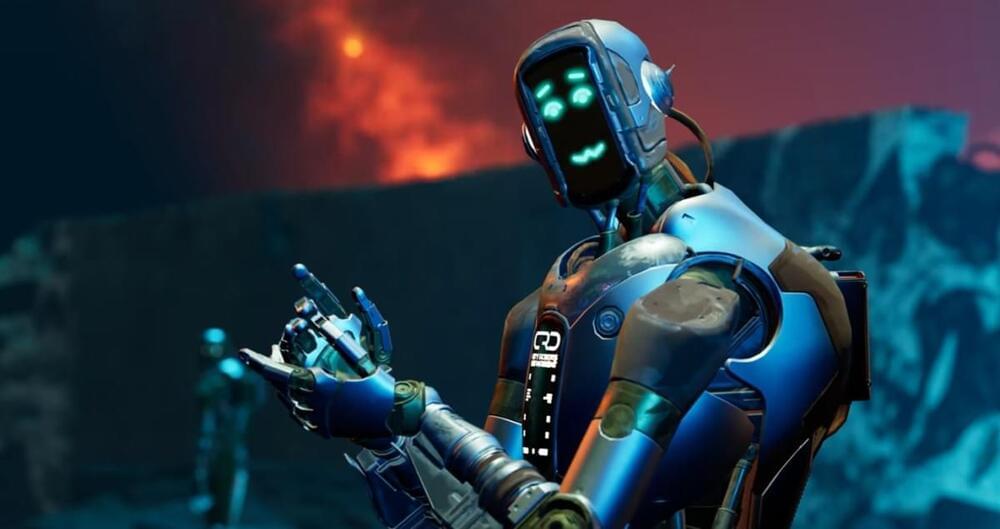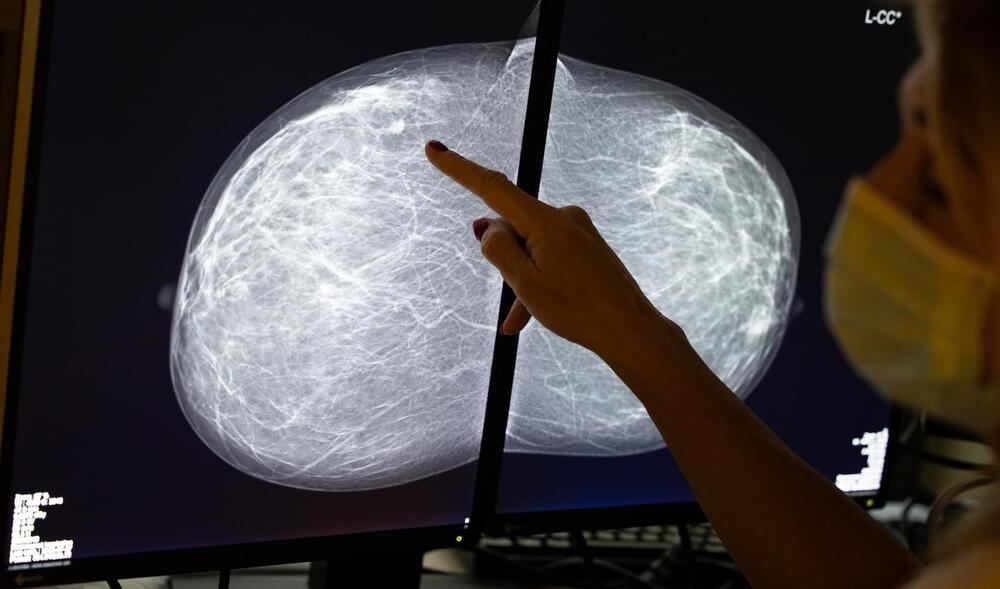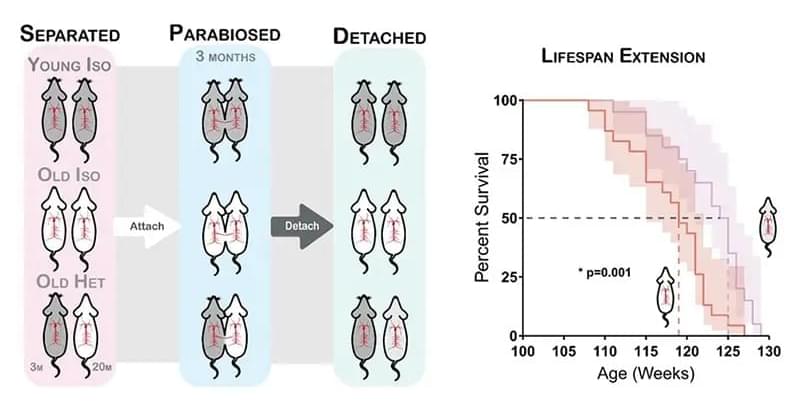For a recovering gamer like me, one of the most exciting applications of generative AI is dynamic dialogue. I’m not suggesting AI replace writers — goodness forbid. But as anyone who’s sunk hundreds of hours into an RPG can tell you, scripted NPC interactions get old fast.
There are a few startups prototyping AI tech to dynamically generate dialogue. But one of the more promising is Inworld, launched in 2021 by the founding team of API.AI, which developed tools for speech recognition and natural language understanding until its acquisition by Google in 2016. (API.AI later became Dialogflow, Google’s flagship conversational AI design platform.)
Inworld claims to use “multiple” machine learning models to “mimic the full range of human communication.” That’s promising a lot in the context of games, but the startup makes the case that, by allowing developers to link its dialog-and voice-generating tools to animation and rigging systems within popular game engines, including 3D environments, it can help deliver more lifelike and immersive gaming experiences.







